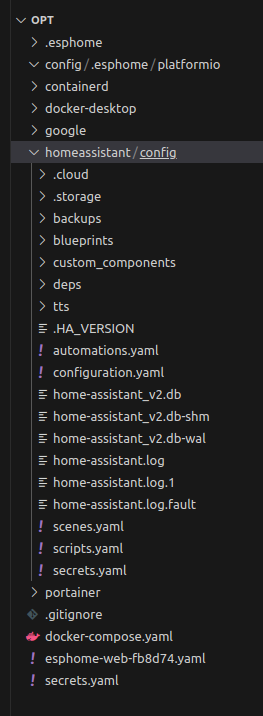The graph I referenced was from an official Seeed Studio “universal protocol” PDF but I can’t seem to find it now. Also the updated user manual on the Seeed site and wiki seems to skip over 85 01 on the list of byte frames that the unit will send. Perhaps they decided not to implement it. The biggest issue I have with these is the extremely short range:
“The module is suitable for top installation, the detected area is a three-dimensional sector of 40° horizontally and 40° tilted and the measured distance of breath and heart rate detection is between 0.4-1.5 m, sleep and human presence detection should be ≤2.5m.”
In another place there is a “concept” demo of a handheld sensor (think Star Trek Tricorder…) where you could see the Upper Computer software type output on a small handheld device that you hold very VERY near the subject. I’m not sure how this would help with sleep monitoring and for that you need to have this device “top” installed very close to a person but not so close as to exclude “40° tilted” the subjects vital organs lol
I honestly don’t see how this will work in any practical setting. The same exact module with the Fall Detection firmware (Seeed has confirmed the hardware is identical) has a significantly greater range and angle of detection of 6m presense and 2-3m fall detection feature with 60° angle for both. I did some testing with the fall detection and it… “works” though I would not trust my very basic tests, yes, I actually simulated falling, to see what it would do.
I really wanted to use these do detect humans more than just anything that moves such as small animals or blowing drapes but the limitations outweigh the benefits IMHO.

